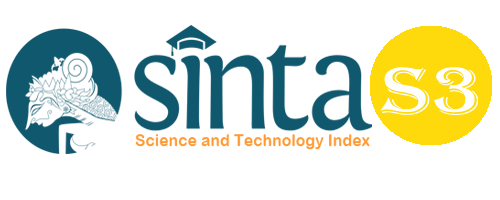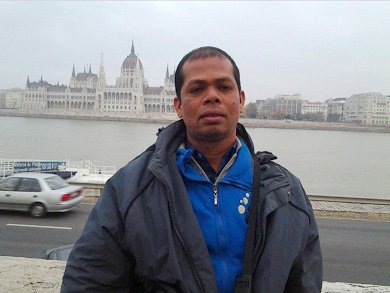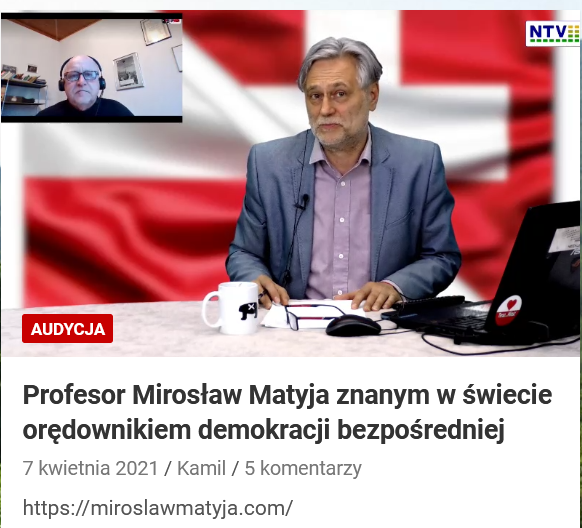Analysis of the Role of Community Participation in the Successful Implementation of the City without Slums (Kotaku) Program in Rambung Village in Binjai District South of Binjai City
Abstract
This research focuses on field research and the methods used in this study are descriptive of qualitative and quantitative analysis. The data was mainly obtained from respondents with purposive sampling techniques, based on questionnaires and interview results as primary data, while also equipped with secondary data. The results of the research study showed that the policy of drafting a general spatial plan of Pati City in practice turned out to be some differences with normative. The form of community participation is dominated by the form of input / suggestion / proposal and donation of information / data. It can be concluded that the method of community participation in the activities of Kota Without Slums (Kotaku) in Rambung Dalam Village, is an obligation that must be implemented by the government, because of the demands of decentralization in regional autonomy that wants the government to play a role with other stakeholders in development planning. While the goal of community empowerment that wants to be achieved with participation itself has not been realized. So that the goals of development programs involving community participation can be achieved and the resulting planning activities can be used fully as a reference in development, it is necessary to apply the principle of transparency at every stage and improvements are made to the process of implementing government policies, as the ideal concept applies normatively.
Keywords
Full Text:
PDFReferences
Astuti, R.W., Waluyo, H.J., and Rohmadi, M. (2019). Character Education Values in Animation Movie of Nussa and Rarra. Budapest International Research and Critics Institute-Journal (BIRCI-Journal). P. 215-219.
Basrowi and Kelvin. Understanding Quality Research. Jakarta: PT Rineka Cipta, 2008
Cholid and Abu Ahmadi. Research Methodology, 11th cet. Jakarta: Earth Literacy, 2010
Dedi M. Masykur Riyadi, “Spatial Planning Guide”https://www.slideshare.net, Ministry of PUPR, About the City Without Slums Program (KOTAKU), http://kotaku.pu.go.id/web_kotaku/public/page /6880/
Law Number 1 of 2011 concerning Housing and Settlement Areas
Ministry of PUPR Circular No. 40/SE/DC/2016
Minister of Home Affairs Regulation No. 42 of 2010 concerning the Provincial and Regency/City Poverty Reduction Coordination Teams (TKPK).
Munjazi, Shukron. Community Empowerment to Reduce Poverty Through the National Community Empowerment Program (PNPM)-Mandiri (A Case Study of Implementation in Demangan Village, Gondokusuman City
Novalius, Feby. There are still 90% of slums in Indonesia, Ministry of PUPR: The problem is communication is not smooth, online news http://economy.okezone.com/read/2017/09/05/470/1769577
Pradana, D. A., et al. (2020). Nasionalism: Character Education Orientation in Learning Development. Budapest International Research and Critics Institute-Journal (BIRCI-Journal) Volume 3, No 4, Page: 4026-4034.
Presidential Regulation No. 15 of 2010 concerning the Acceleration of Poverty Reduction
Prokotaku, Kotaku Program Information Package, http://prokotaku.blogspot.co.id/2016/04/information-program-kotaku, accessed on 10 October 2017.
Prokotaku.blogspot.co.id, accessed on November 25, 2017
Randy R. Wrihatnolo. Empowerment Management: An Introduction and Guide to Empowering Communities. Jakarta: PT. Elex Media Komputindo, 2007
S. Prijono, Onny. Empowerment: Concept, Policy and Implementation. Jakarta: CSIS, 1996
Saleh, A., Mujahiddin. (2020). Challenges and Opportunities for Community Empowerment Practices in Indonesia during the Covid-19 Pandemic through Strengthening the Role of Higher Education. Budapest International Research and Critics Institute-Journal (BIRCI-Journal). Volume 3, No 2, Page: 1105-1113
Suharto, Eddie. Public Policy Analysis: A Practical Guide to Social Issues and Policy Studies. Bandung: CV. Alphabet, 2012
Suharto, Eddie. Building Community Empowering People. Bandung: PT. Refia Aditama, 2010
DOI: https://doi.org/10.33258/birci.v4i4.2990
Article Metrics
Abstract view : 46 timesPDF - 42 times
Refbacks
- There are currently no refbacks.

This work is licensed under a Creative Commons Attribution-ShareAlike 4.0 International License.

This work is licensed under a Creative Commons Attribution-ShareAlike 4.0 International License.

_.gif)

















_.gif)



